This guide to installing garden lighting will guide you through the process step by step, from initial planning and choosing the right power source, to the actual installation and safety. We’ll explore the various lighting options, discuss safety considerations, and even offer advice on choosing a reputable installer if you’d rather leave the job to the professionals.
Planning Your Garden Lighting Layout
Before you even think about purchasing lights or digging trenches, careful planning is crucial for a successful Garden Lighting Installation. A well-thought-out plan ensures that your lighting enhances your garden’s beauty, provides adequate illumination, and avoids costly mistakes down the line. Ignoring this stage can lead to uneven lighting, poorly placed fixtures, and an overall underwhelming result. Take your time, visualize your ideal garden at night, and let’s create a magical outdoor space.
1. Defining Your Goals and Style
First, consider what you hope to achieve with your garden lighting. Are you aiming for subtle, ambient lighting to create a relaxing atmosphere? Or do you need bright, functional lighting for safety and security? Perhaps a combination of both? This will inform your choice of lighting fixtures and their placement.
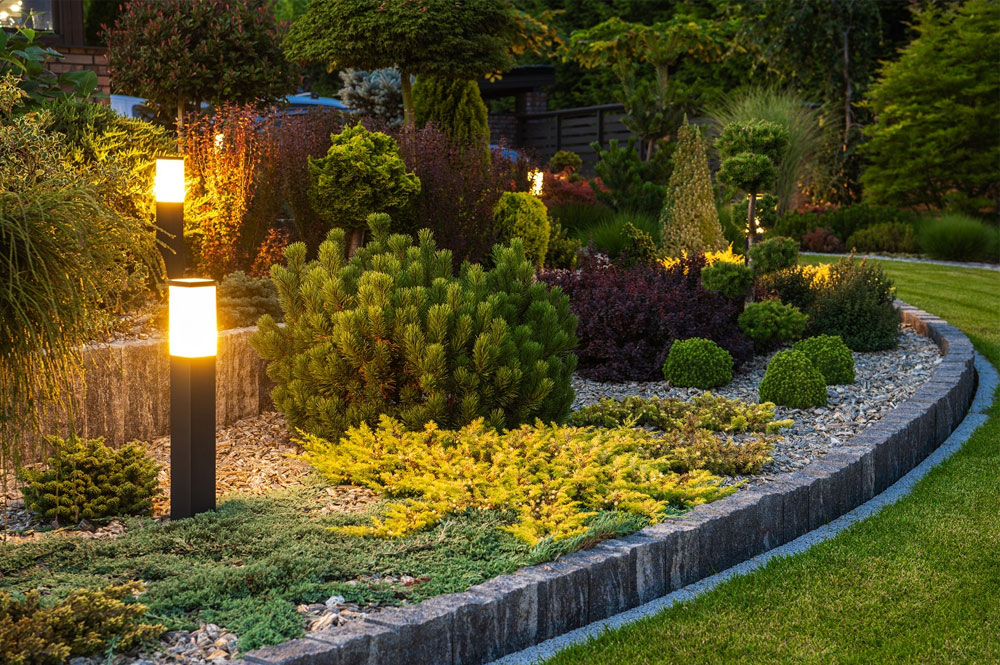
Choosing a consistent style is crucial. Mixing wildly different styles, such as sleek modern spotlights with ornate Victorian-style lanterns, can result in a jarring and disjointed look. Instead, opt for a unified aesthetic, whether that’s rustic charm, contemporary chic, or something in between. Remember, consistency doesn’t mean everything has to be identical; subtle variations within a chosen style can add visual interest and depth.
Finally, think about the mood you want to create. Do you want a warm, inviting glow, or a cooler, more dramatic effect? The color temperature of your light bulbs will play a significant role in setting the desired ambiance.
2. Mapping Your Garden’s Features
Take a thorough inventory of your garden’s features – trees, bushes, flowerbeds, pathways, water features, sculptures, and architectural details like fences and walls. Identify the elements you want to highlight or draw attention to. Sketch a detailed map of your garden, including the location of each feature. This map will serve as your blueprint for the Garden Lighting Installation. A simple sketch on paper is sufficient, but using garden design software can provide a more accurate representation and allow you to experiment with different lighting placements virtually.
Consider the height and size of the plants and features in your garden. Tall trees can be highlighted with uplights positioned at their base, while smaller shrubs might benefit from low-voltage spot lighting. Pathways should be illuminated adequately for safety, but not too brightly so as to overwhelm the surrounding environment. Water features, like ponds or fountains, can be magically enhanced with submerged or strategically positioned lights that create shimmering reflections. Consider using different types of lights to illuminate various aspects effectively. Spotlights can precisely highlight a sculpture, while path lights offer functional illumination.
3. Choosing the Right Fixtures and Bulbs
The selection of lighting fixtures and bulbs significantly impacts the look and feel of your garden. Consider the style, material, and light output of each fixture. Different types of fixtures are suited for different purposes. For instance, low-voltage path lights offer safety and subtle illumination, while spotlights can accentuate specific features. Uplights directed upwards illuminate trees or walls from below, creating dramatic shadows and highlighting textures. Outdoor lanterns add a touch of elegance and create ambient lighting.
Bulb selection is equally critical. LED bulbs are energy-efficient and long-lasting, making them an excellent choice for garden lighting. They also provide a wide range of color temperatures and light outputs, allowing for customization. Consider the color temperature to match your desired ambiance. Warm white or soft white LED bulbs create a cozy and inviting atmosphere, while cool white LED bulbs offer a more modern and brighter feel. Remember to choose weatherproof bulbs appropriate for outdoor settings to prevent damage and ensure longevity.
Beyond LEDs, there are numerous lighting options available today. Solar lights are convenient, requiring minimal installation but may be limited by weather conditions. Halogen bulbs, while brighter, are less energy-efficient and have shorter lifespans compared with LEDs.
By careful consideration of these aspects, you can ensure that your garden receives the correct ambiance and effectively highlights its beauty.
Don’t Make These Garden Lighting Errors!
Planning your garden lighting is crucial. Failing to properly consider factors like light placement, fixture selection, and electrical safety can lead to disappointing results, wasted money, and potential hazards.
1. Ignoring the Importance of a Design Plan
Many homeowners make the mistake of jumping straight into installation without a comprehensive plan.
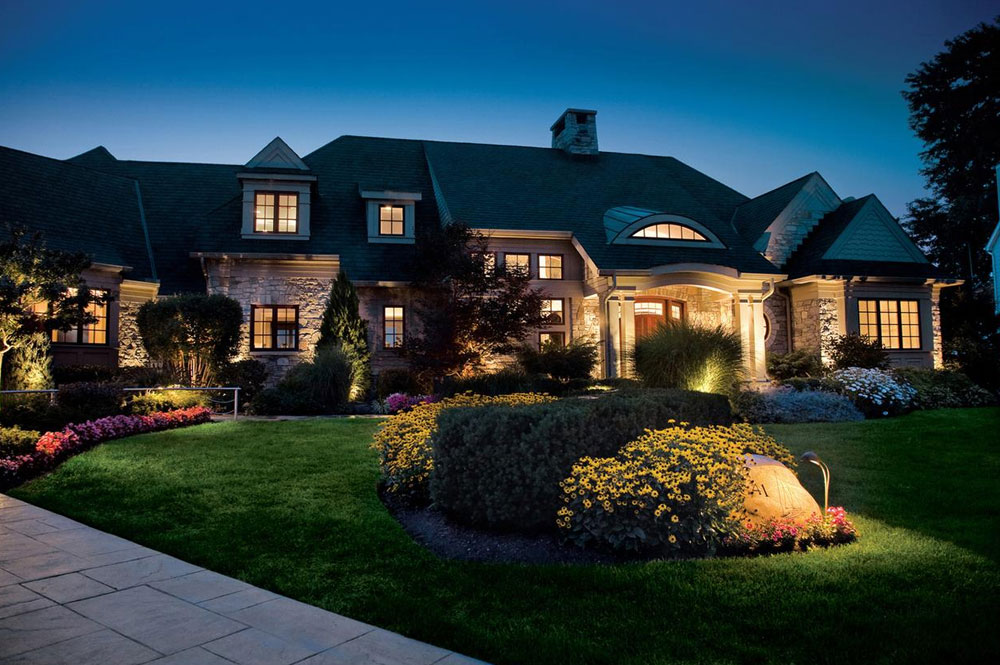
This often results in haphazard placement of lights, an uneven distribution of illumination, and a less-than-desirable aesthetic. A well-thought-out plan, ideally created in collaboration with a lighting professional, considers multiple elements: the overall style of your garden, the architectural features of your home, the types of plants and trees present, and the desired atmospheric effect.
2. Choosing the Wrong Type of Lighting Fixtures
The selection of lighting fixtures is critical for achieving the desired ambience and functionality. Ignoring the various types of outdoor lights available—from path lights and spotlights to uplights and bollards—can lead to a monotonous and visually unappealing outcome.
3. Underestimating the Importance of Electrical Safety
Electrical work within a garden setting presents distinct challenges. Improperly installed garden lighting can lead to hazardous situations, including electric shocks, fire hazards, and damage to property. Underestimating the importance of safety precautions can have dire consequences.
Always consult a qualified electrician, especially for installing low-voltage lighting. Low voltage systems reduce some risks, but proper wiring and grounding remain essential tasks. Improperly connected wires can spark and cause fires, even in low-voltage systems. Additionally, ensuring sufficient grounding to prevent electrical shocks is non-negotiable. This is especially true for areas with high moisture levels, such as near ponds or sprinkler systems.
Reputable Garden Lighting Installation by Electrasync
Electrasync, a leading provider of outdoor lighting solutions, exemplifies the professionalism and expertise needed for a truly successful Garden Lighting Installation service. Their approach emphasizes meticulous planning, careful execution, and a commitment to surpassing client expectations. Let’s explore what sets them apart.
1. Expertise and Professionalism
Electrasync’s team consists of highly trained and experienced electricians specializing in outdoor lighting. They possess an in-depth understanding of various lighting technologies, techniques, and safety regulations. This expertise goes beyond simply installing lights; it’s about creating a lighting scheme that harmonizes with the garden’s aesthetic, enhances its beauty, and provides functional illumination. Their experience allows them to handle complex projects, navigate intricate installation challenges, and guarantee a flawless finish.

Electrasync’s commitment to professionalism translates into timely project completion, meticulous attention to detail, and clear communication throughout the process.
Moreover, their dedication to eco-friendly practices distinguishes them further. They are well-versed in recommending energy-efficient lighting technologies, enabling homeowners to minimize their impact on the environment while enhancing the beauty of their gardens. This aligns with Electrasync’s commitment to sustainability and responsible lighting solutions.
2. Comprehensive Design and Planning
Electrasync’s process begins with an in-depth consultation and site survey. This meticulous planning stage sets the foundation for a successful project. The team meticulously assesses the garden’s characteristics, noting existing features, plant life, and architectural elements. They discuss clients’ aesthetic preferences and functional needs, aiming for a perfect balance between form and functionality. This ensures a result that is a successful reflection of the homeowner’s personality and the garden’s unique ambiance.
This thorough planning prevents costly mistakes, ensuring a smooth and efficient installation process. It also minimizes the possibility of revisions, delays, or unexpected expenses. With Electrasync, you can trust that the project is adequately planned, ensuring results that exceed expectations.
3. High-Quality Materials and Equipment
Electrasync champions the use of high-quality, durable materials and equipment meticulously chosen for their reliability and longevity. This commitment to quality extends across all aspects of the project: from the quality of fixtures and cables to the installation techniques employed.
They source only the most reliable lighting fixtures constructed to withstand harsh weather conditions; this ensures lasting value and reduces the need for frequent repairs or replacements. Their focus on quality materials translates to a more reliable and lasting illumination system, enhancing the value and longevity of their Garden Lighting Installation service.
Additionally, Electrasync prioritizes the use of energy-efficient lighting solutions, helping clients save money on electricity bills while reducing their carbon footprint. This commitment to sustainability reflects their responsibility to both the environment and their clients. Investing in quality ensures this is a one-time investment or as infrequent as possible, adding value for long-term savings.
Contact us:
Electrasync
🌎 Address: Sydney New South Wales
📞 Phone: +61 422 287 004

Meet Jake Shashati, a highly skilled electrician with ten years of experience serving homes and businesses across New South Wales, Australia. Jake’s extensive expertise and practical knowledge ensure exceptional results in every project, whether addressing complex wiring challenges or implementing advanced smart home solutions. His unwavering dedication to the profession is evident in all his work.
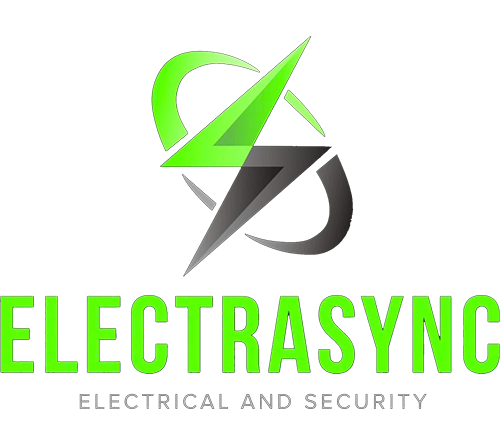
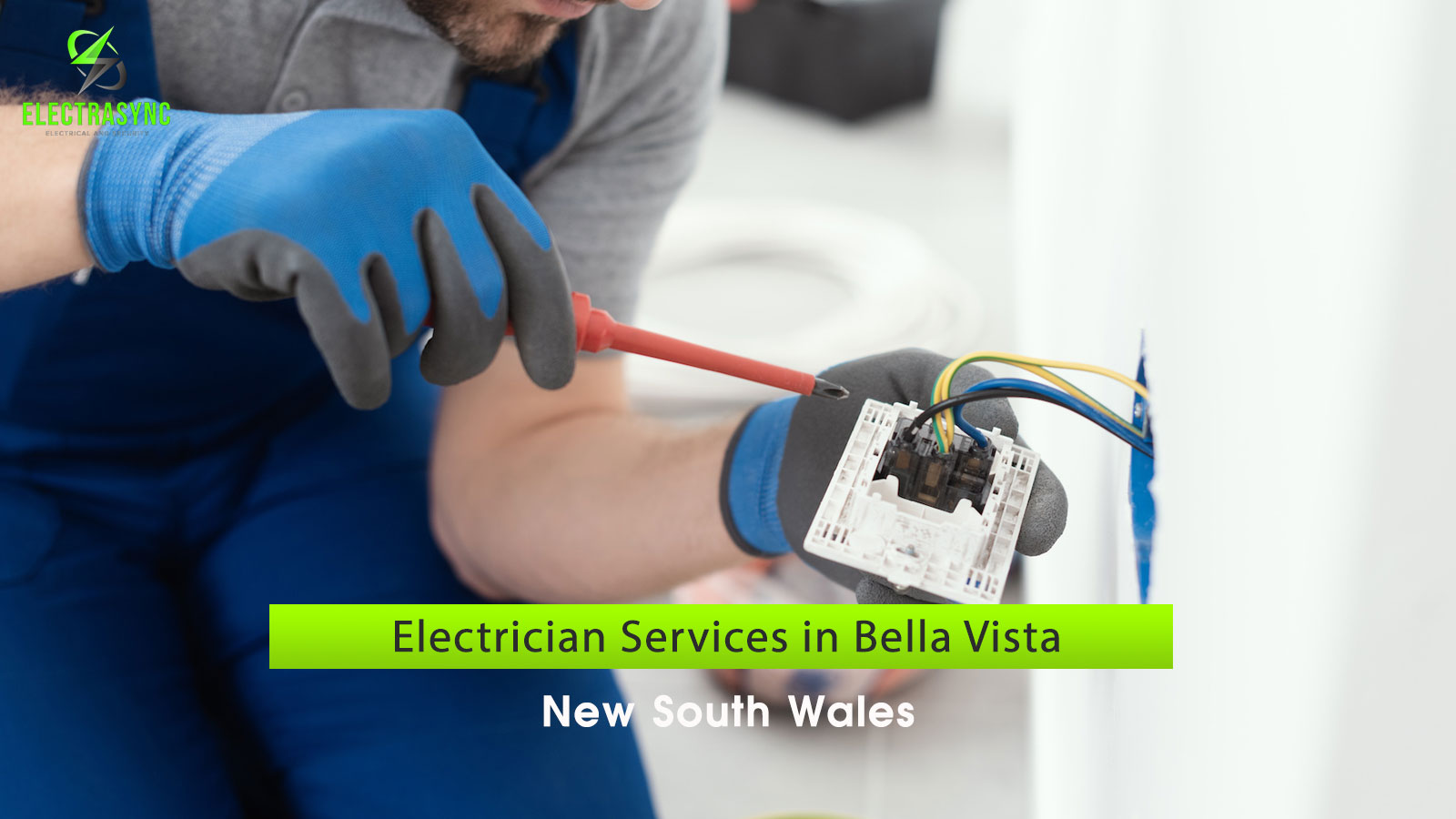
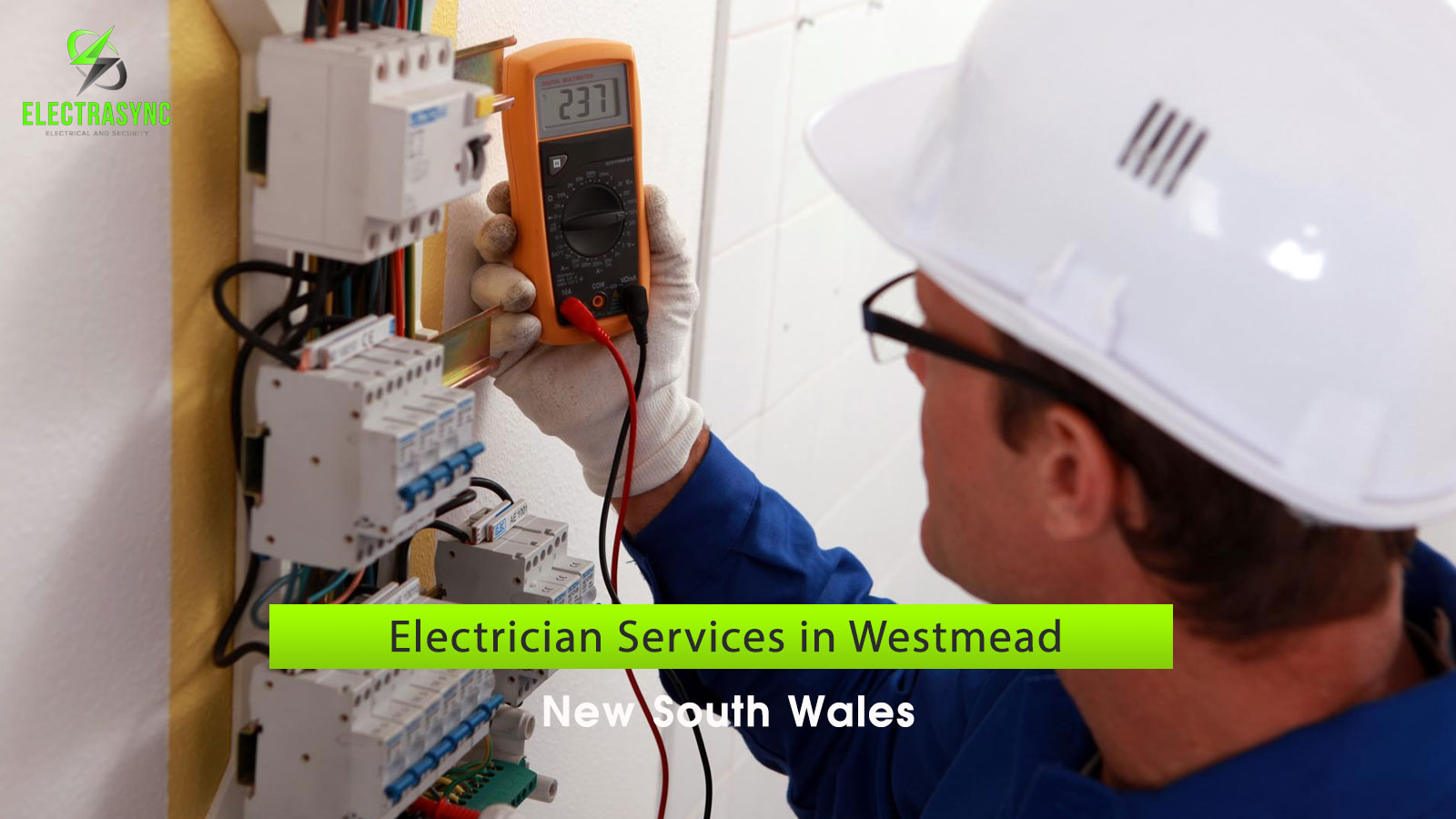
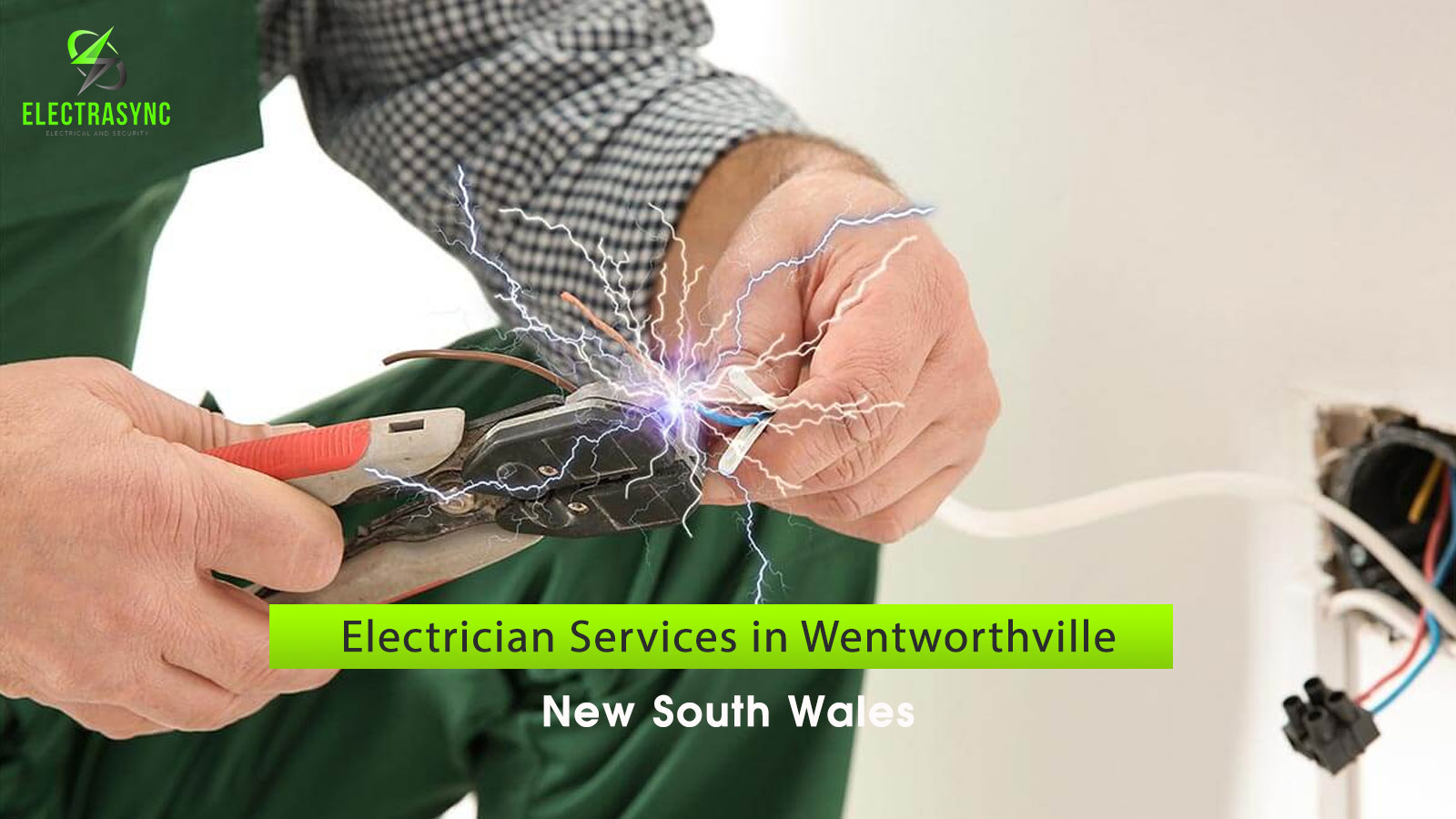

 0422 28 70 04
0422 28 70 04 Free Quote
Free Quote
Request A Quote